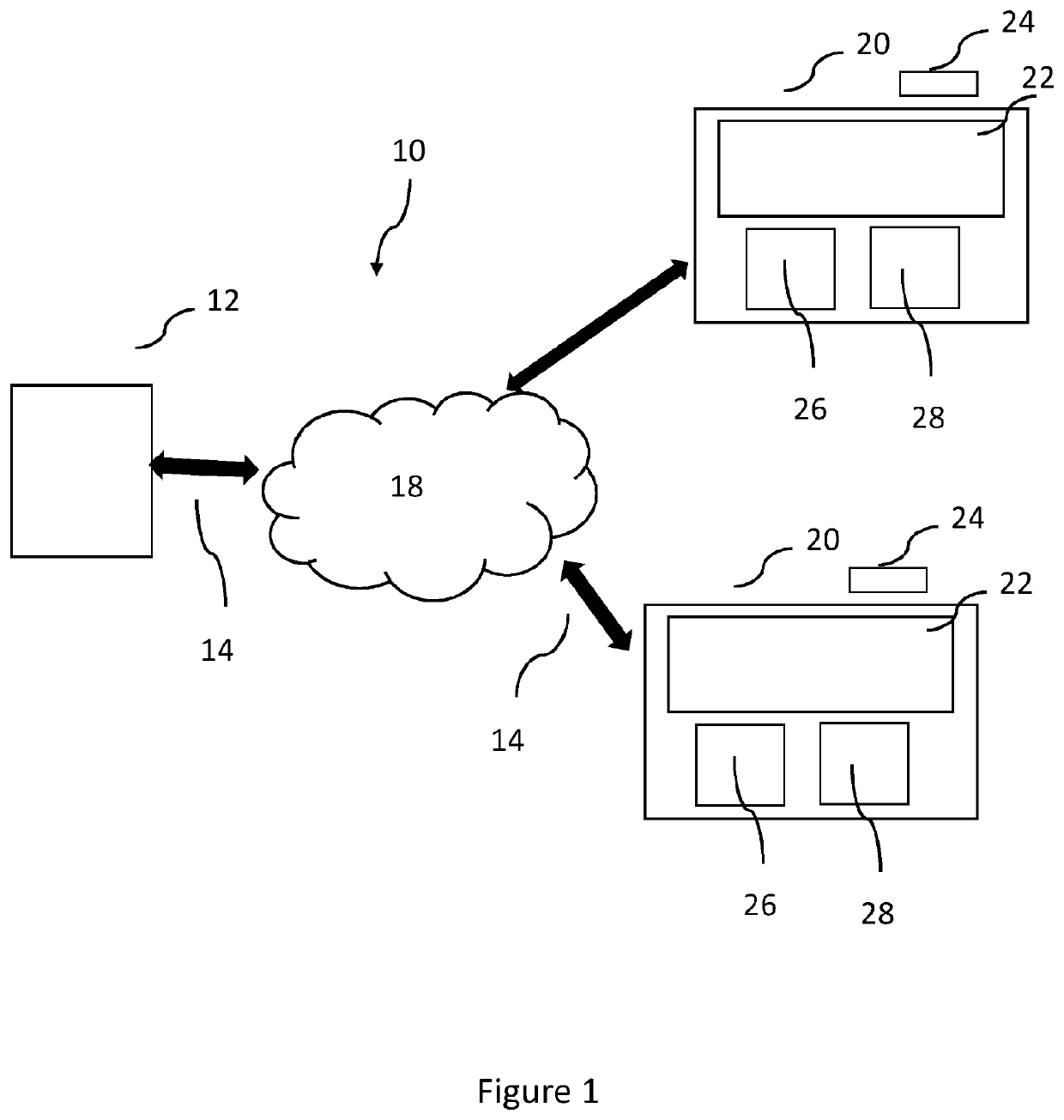Perceptual Rasterization for Image Rendering
- Summary
- Abstract
- Description
- Claims
- Application Information
AI Technical Summary
Benefits of technology
Problems solved by technology
Method used
Image
Examples
Embodiment Construction
[0036]The present invention provides a system and method for rendering images in displays. In particular, but not exclusively, the present invention may be used in head mounted displays (HMDs) where issues regarding latency and field of view are more prevalent. The present invention may be used in all types of displays, in particular where foveated and / or rolling imaging is used. Such displays include augmented reality displays and those found on mobile devices, tablet computers, portable computers etc.
[0037]The invention disclosed herein relates to a perceptual rasterization pipeline. As explained in detail below perceptual rasterization is the process of adapting an image, or parts of an image, based on how the image will be perceived by the end user and rasterising the adapted, or distorted, image.
[0038]In one example the image is adapted according to where the user's eyes are fixated to produce a foveated image. Foveated imaging is a known technique in which a gaze position / fixa...
PUM
 Login to View More
Login to View More Abstract
Description
Claims
Application Information
 Login to View More
Login to View More - R&D
- Intellectual Property
- Life Sciences
- Materials
- Tech Scout
- Unparalleled Data Quality
- Higher Quality Content
- 60% Fewer Hallucinations
Browse by: Latest US Patents, China's latest patents, Technical Efficacy Thesaurus, Application Domain, Technology Topic, Popular Technical Reports.
© 2025 PatSnap. All rights reserved.Legal|Privacy policy|Modern Slavery Act Transparency Statement|Sitemap|About US| Contact US: help@patsnap.com



